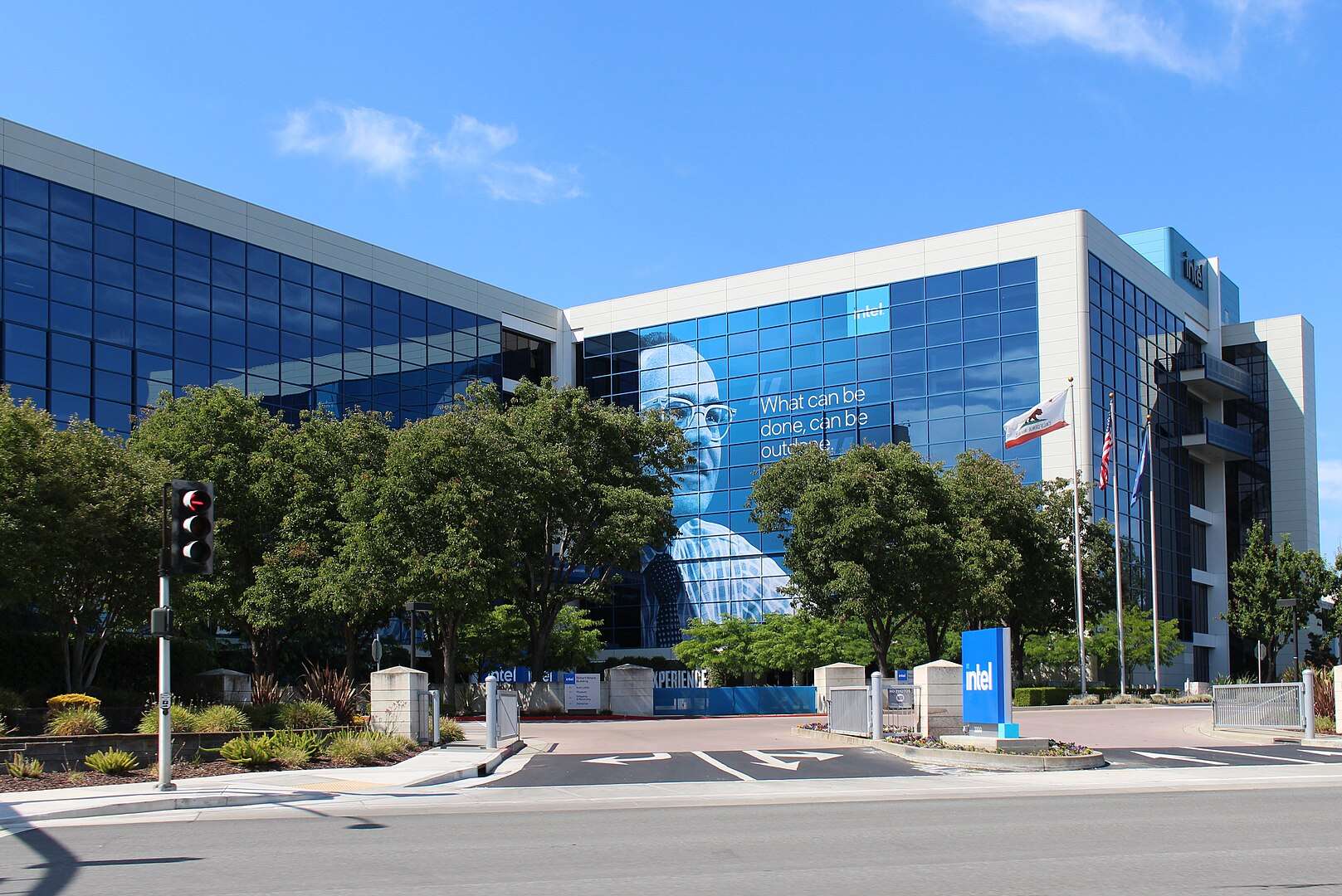The shares of Intel Corporation became the driving force in the tech sector this Thursday following statements by Jerome Powell, President of the Federal Reserve, at the Jackson Hole symposium. The central banker hinted that conditions are starting to favor interest rate cuts, which immediately boosted U.S. equities, especially semiconductor companies.
This optimism contrasts with recent days marked by volatility for Intel, driven by investor doubts over possible share dilution and skepticism from analysts regarding the company’s future strategy. Nevertheless, the market responded strongly: Intel’s stocks rose up to 4.5% during the session, leading a rally that also benefited Qualcomm, AMD, and Broadcom, with gains exceeding 2%.
The exception was NVIDIA, which only increased by 1.4% on the stock market and has a weekly decline of 2.7%, weighed down by reports indicating that the Chinese government might be pressuring its companies to limit purchases of the US manufacturer’s H20 GPUs.
Powell Opens the Door to a Monetary Shift
During his speech, Powell acknowledged that the labor market shows signs of balance, though he clarified this “is happening more due to a decline in demand and supply of workers than healthy growth.”
The Fed chair also warned that tariffs imposed by the Trump administration could fuel “a persistent inflationary dynamic” that needs to be assessed and contained. However, he added that “the baseline outlook and the shift in the risk balance may justify an adjustment in our monetary policy stance,” which markets interpreted as a dovish tone.
The reaction was immediate: the S&P 500 rose 1.4% and the NASDAQ increased 1.7%, driven by the semiconductor giants lifting the indices.
Intel: Between Regulatory Pressure and Fresh Capital from Softbank
For Intel, today’s stock gains serve as a breather after a hectic week. On Tuesday, an announcement of $2 billion investment from Softbank sent its shares soaring 7%. However, the rally was short-lived: the next day, the stock plummeted another 7% amid rumors that the Trump administration might require Help from the CHIPS Act funds to be converted into equity stakes, which would lead to dilution for current shareholders.
The stock remained flat on Wednesday, and with the rebound on Thursday — assuming it holds until close — Intel would end the week with a nearly 3% gain.
This volatility reflects the company’s dilemma: on one side, the need for capital to finance its ambitious factory plans in the US and Europe; on the other, the risk of losing attractiveness to investors if public aid ends up diluting control.
NVIDIA Under Pressure in China
Meanwhile, NVIDIA faces a much more challenging scenario. Although it increased by 1.4% after Powell’s speech, it has a weekly decline of 2.7%. Various reports suggest that Beijing is exerting pressure on local companies to reduce dependence on its GPU H20s and balance imports with domestic alternatives.
With quarterly earnings approaching, some analysts speculate that the company might even exclude Chinese sales from its financial reports to mitigate the forecast impact.
Other Key Players: AMD, Broadcom, Qualcomm, and Tesla
In the rest of the sector, the trend was positive:
- Broadcom rose 2.5%, driven by its growing exposure to custom AI chip design.
- AMD gained over 2%, supported by its diversification across consumer and enterprise markets.
- Qualcomm also bounced back, benefiting from expectations of higher consumer spending if credit costs decrease.
- Micron, a memory manufacturer, joined the rally with similar gains.
Outside semiconductors, the biggest surprise was Tesla, which surged 5% despite a volatile 2025 marked by weak vehicle deliveries and a year-to-date decline of 11%. The market seems to trust that a possible rate cut will revive demand for autos and support Tesla’s diversification strategy, including its investments in robotaxis and AI-driven transportation.
Conclusion: The Fed Moves, Chips Respond
Thursday’s session clearly showed that a mere hint of monetary easing can reignite investor interest in the tech sector.
Intel appears to be the biggest short-term beneficiary, though questions remain about share dilution and their ability to effectively execute their industrial strategy. Meanwhile, NVIDIA remains caught in the US-China geopolitical tension, which could influence its upcoming results.
Powell’s message temporarily restores market confidence, but the big question remains: will rate cuts come in time to sustain the semiconductor investment cycle and the AI revolution that depends on it?
via: wccftech

